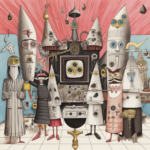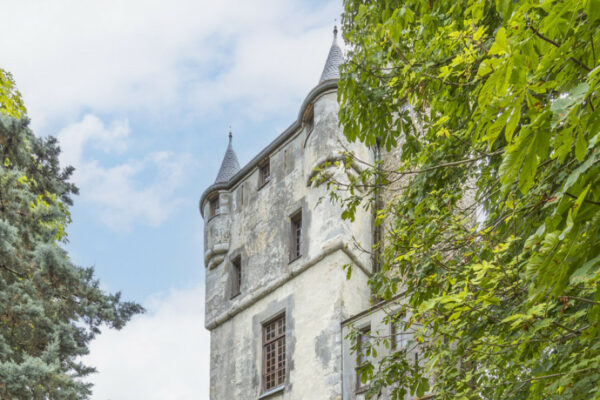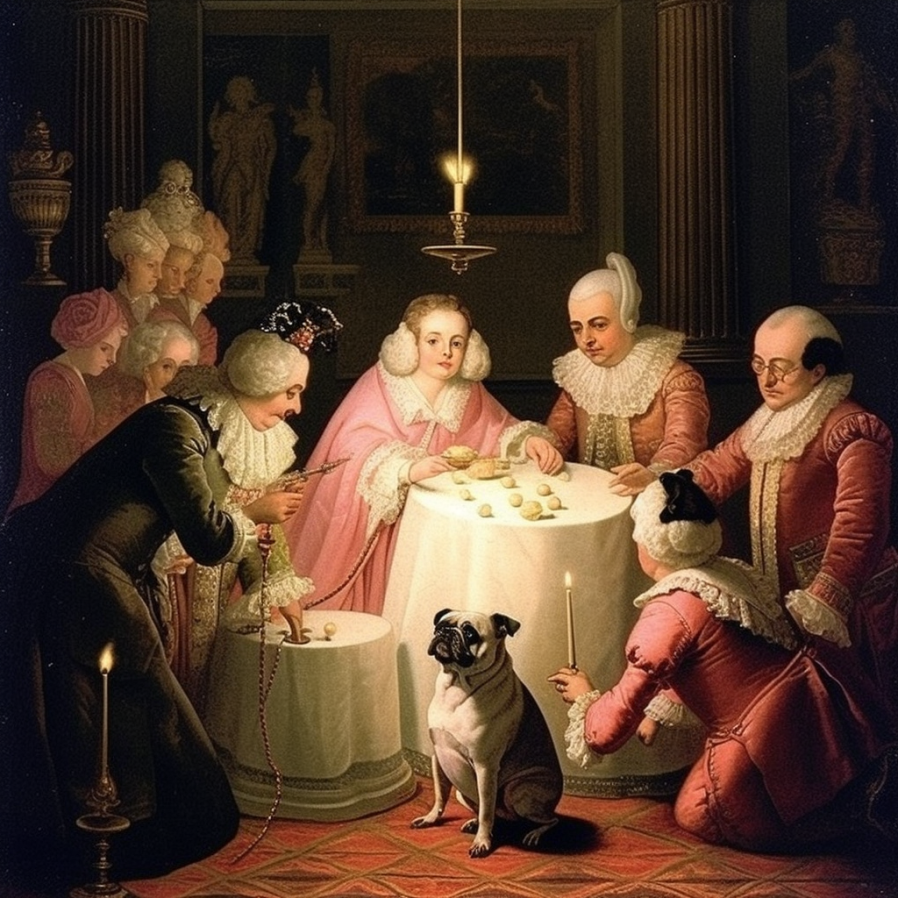
There was one way only for Europe’s intellectual elite to become a member of what is probably history’s oddest Masonic societies: by puckering up to the rear end of a pug as an expression of total devotion. You read correctly; the mid-18th century was filled with pantaloon-clad ladies and gents lining up to become “Mops,” (the German word for pug), the mysterious members of the “Mops-Orden.” In layman’s terms, that’s “Order of the Pug.”
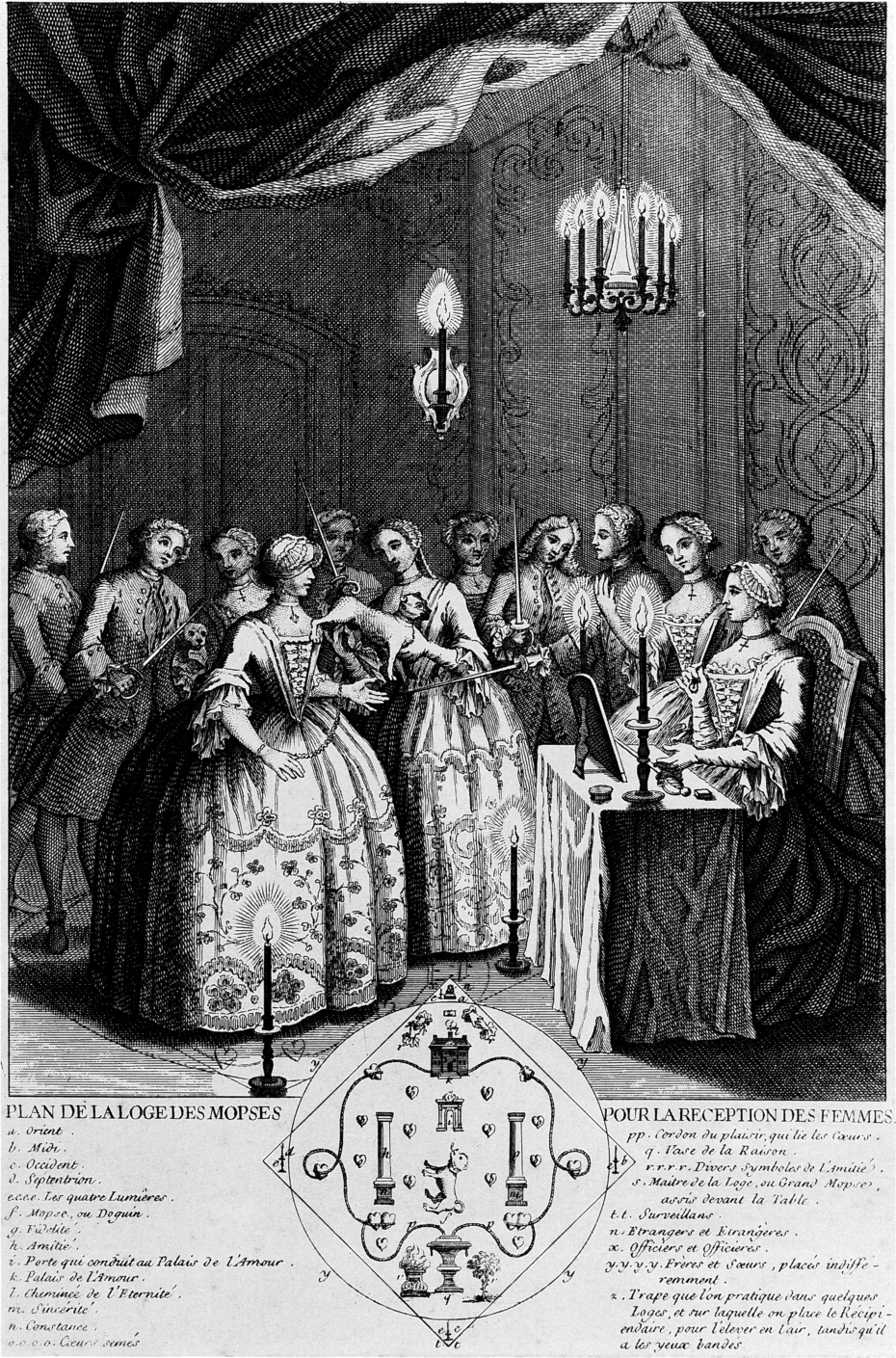
So what were pugs doing at the forefront of a fringe Catholic-Masonic society? For one, this wasn’t the first time our squishy-faced friends became a high-brow society craze. Chinese emperors had always loved them, and everyone from Voltaire to Queen Victoria was known to be a fan. When King William III shook up British Parliament in 1688, his pug and the breed in general, became an emblem for free thinking and loyalty. Owning a Pug became a subtle way of showing solidarity with England’s revolution without landing yourself in the dungeons. As a secret symbol for a fiercely loyal society of masons, the pug was actually quite appropriate…
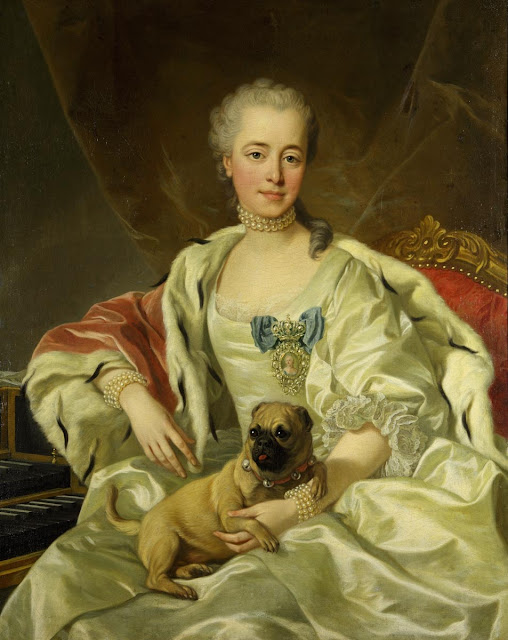
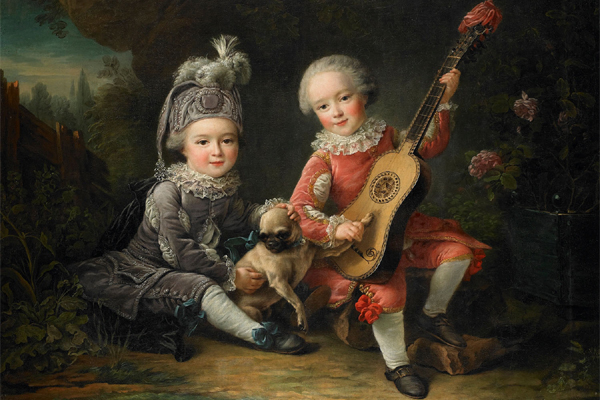
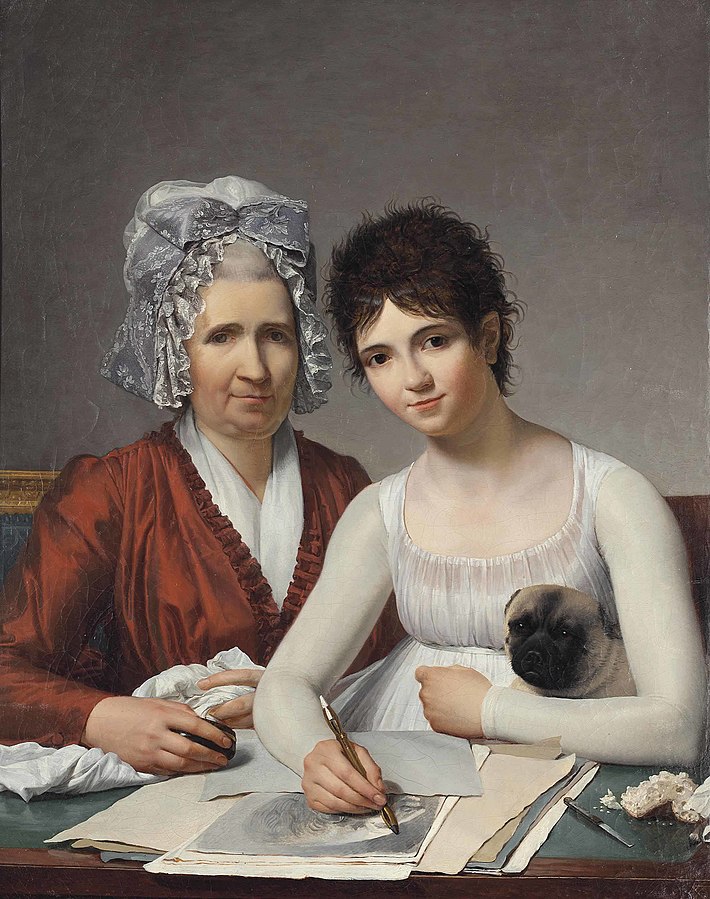
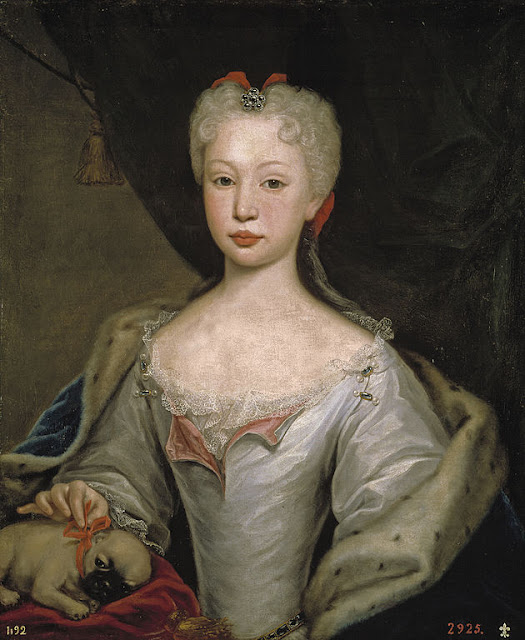
It began in Germany in the 18th century, when Roman Catholics were forbidden to join the Masons by Pope Clement XII, and those that did were excommunicated. Enter the Order of the Pugs, believed to have been founded in 1740 in Bavaria by Clemens August of Wittelsbach. According to the 1745 article that exposed the group, L’ordre des Franc-Macons trahi et le Secret des Mopses rélélé (Franc-Macons betrayed and the Secret of the Mopses reelected), the “Order” was founded by those who couldn’t get in to Pope Clement XII’s Masonic crew.
So really, the mops were a troupe of societal misfits.
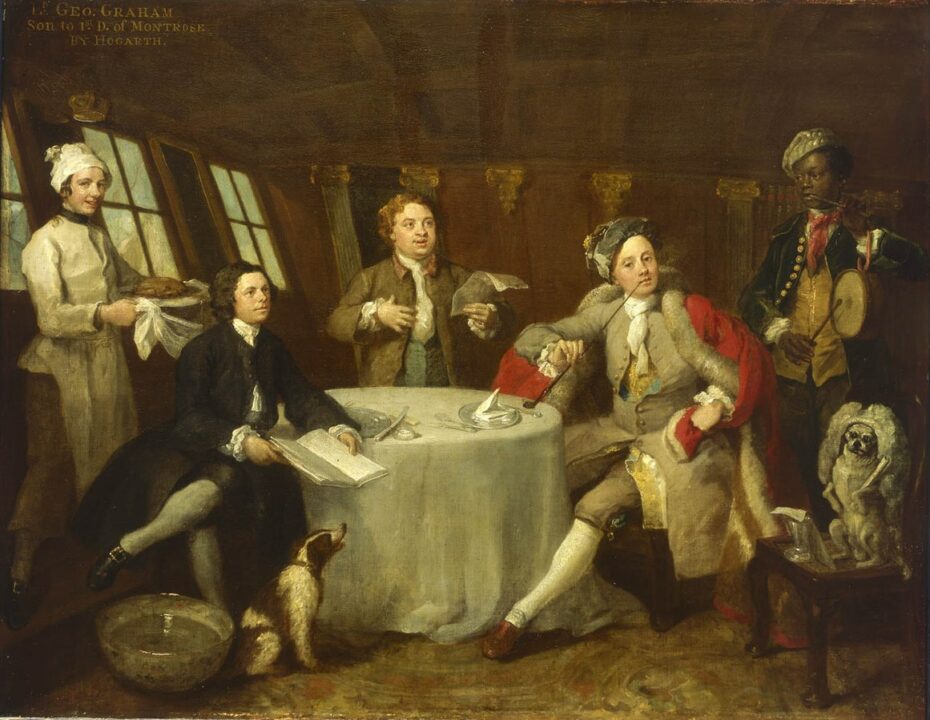
Initiates were required to wear dog collars, gained entry to meetings by scratching at a door, and were guided in a ceremony in which they circled a room nine times, barked “Memento mori” and kissed the Grand Pug’s bottom to pledge their allegiance. German porcelain maker Johann Joachim Kaendler was also commissioned to make underground sculptures for the Order:
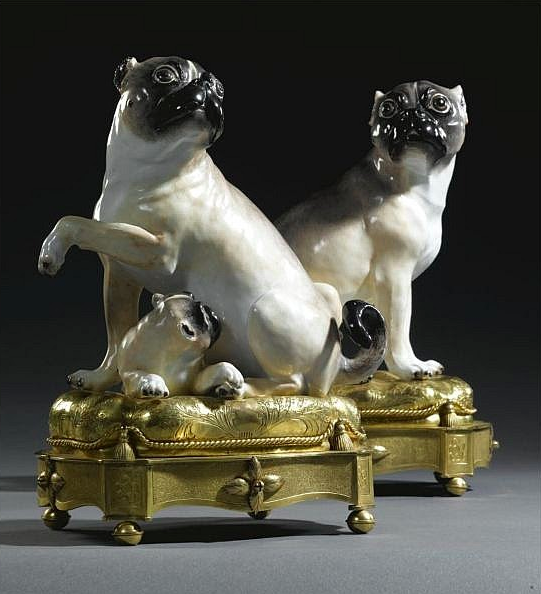
It’s worth noting that Pugs also looked a lot different hundreds of years ago, with a much more svelte figure. The society was concerned with the new and ancient debates in science, philosophy, and the liberal arts. Members carried silver pug medallions, and obeyed the orders of the society’s male and female “Grand Master.”
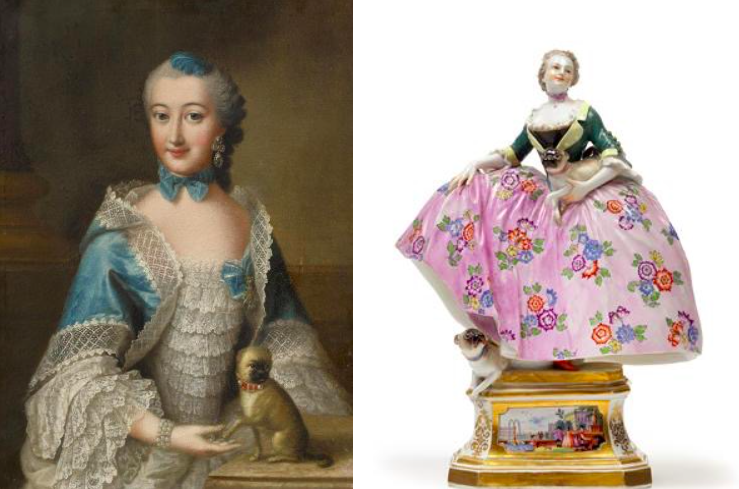
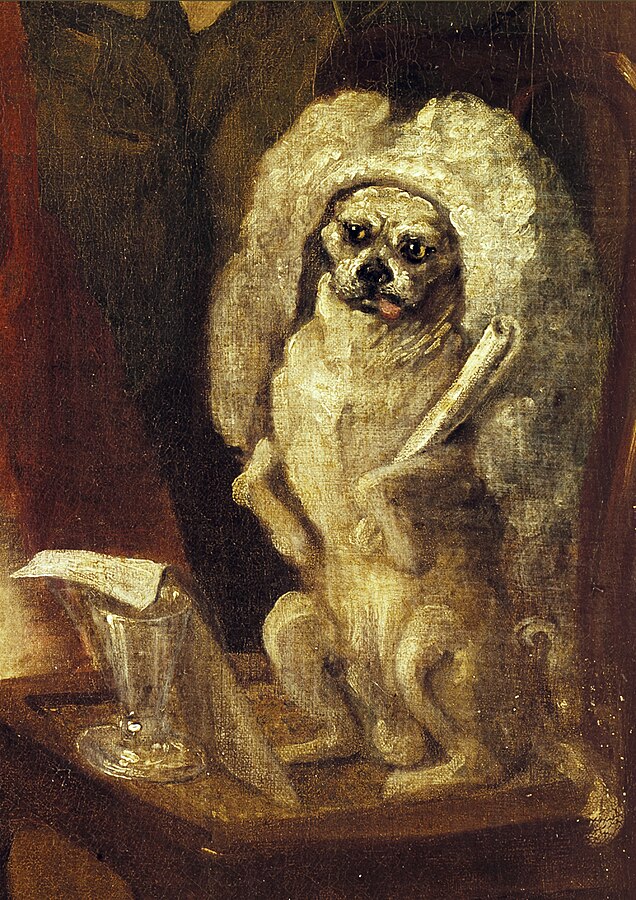
When news broke of the Order in 1745, the society went to trial and was subsequently outlawed a few years later. Although according to German authorities, there were still some practicing Mops in Lyon in 1902. Perhaps it’s worth sniffing around central France for some modern day members. It certainly puts the most comical breed of dogs in a new light!


